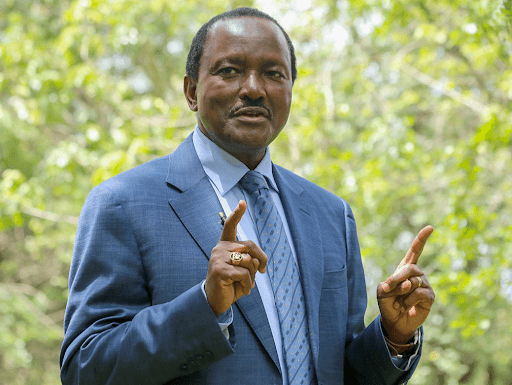Imagine a city on the edge, gripped with the fear of an invisible enemy. Panic spreads like wildfire, fuelled by misinformation and uncertainty. In the midst of this chaos, a silent hero emerges: risk communication.
It becomes the guiding light, the compass that navigates individuals through the darkest of times. By providing clarity, dispelling myths, and empowering communities with accurate information, risk communication emerges as the vital tool that can make the difference between survival and devastation.
The world has witnessed the profound impact of risk communication in various health emergencies. One poignant example is the cholera outbreak, a preventable disease that claims thousands of lives each year.
Through effective risk communication, the transmission of cholera can be mitigated and lives saved. By educating communities about proper hygiene measures, authorities can empower individuals to take proactive steps in preventing the spread of the disease.
Risk communication plays a crucial role in dispelling misconceptions, addressing fears and promoting behavioural changes that can significantly impact the trajectory of a cholera outbreak.
Another notable example is the Middle East Respiratory Syndrome outbreak in South Korea. Risk communication became a cornerstone of the response strategy. Authorities proactively delivered clear and transparent updates on the evolving situation, preventive measures and testing protocols.
Leveraging technology and social media platforms, they reached a wide audience, ensuring accurate information reached the public and debunking rumours. The effectiveness of their risk communication efforts was evident in the containment of the virus and the restoration of public trust.
The Covid-19 pandemic has further underscored the vital role of risk communication. Countries like New Zealand and Taiwan have gained recognition for their swift and transparent communication strategies. By consistently delivering science-based information to the public, these nations fostered trust and compliance with preventive measures. Their risk communication approaches enabled effective control of the virus’s spread, minimising its impact on public health.
In the realm of medical products, risk communication is equally crucial. Take, for instance, the infamous Vioxx recall, and its associated risks. Effective risk communication was instrumental in promptly addressing concerns and informing the public about the potential dangers associated with the medication. By disseminating accurate information, authorities played a vital role in ensuring patients' safety and maintaining public trust.
Vaccine safety communication is another area where effective risk communication plays a vital role. Vaccines play a crucial role in preventing the spread of infectious diseases and protecting public health. However, concerns about vaccines' safety can arise, leading to vaccine hesitancy.
Effective risk communication becomes essential in addressing these concerns and ensuring public trust. For example, during the H1N1 influenza pandemic in 2009, extensive risk communication efforts were undertaken to provide accurate information about the safety and efficacy of the H1N1 vaccine. This helped alleviate fears and promote widespread vaccination.
These real-life examples highlight the transformative power of risk communication. It extends beyond conveying information; it builds trust, counters misinformation, and inspires behavioural change. The heroes of risk communication understand the significance of timely and accurate information in empowering individuals and communities to make informed decisions and protect their well-being.
In an era of evolving health emergencies, risk communication remains a potent ally, empowering individuals, building trust and forging a path to a healthier and safer future. By recognising its transformative potential, investing in robust strategies and harnessing the power of technology and media platforms, countries can forge a path towards health emergency resilience.
Communications specialist









